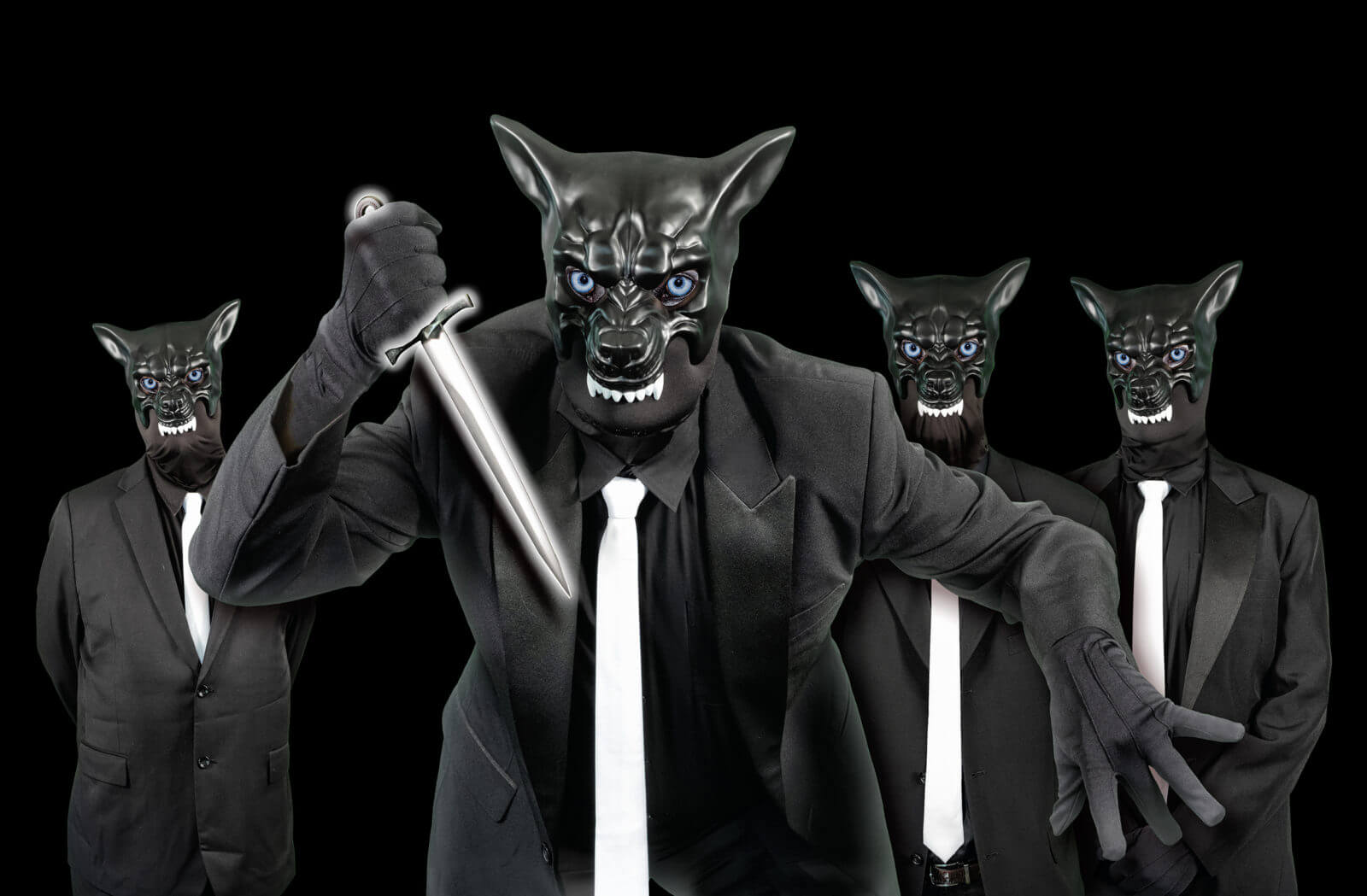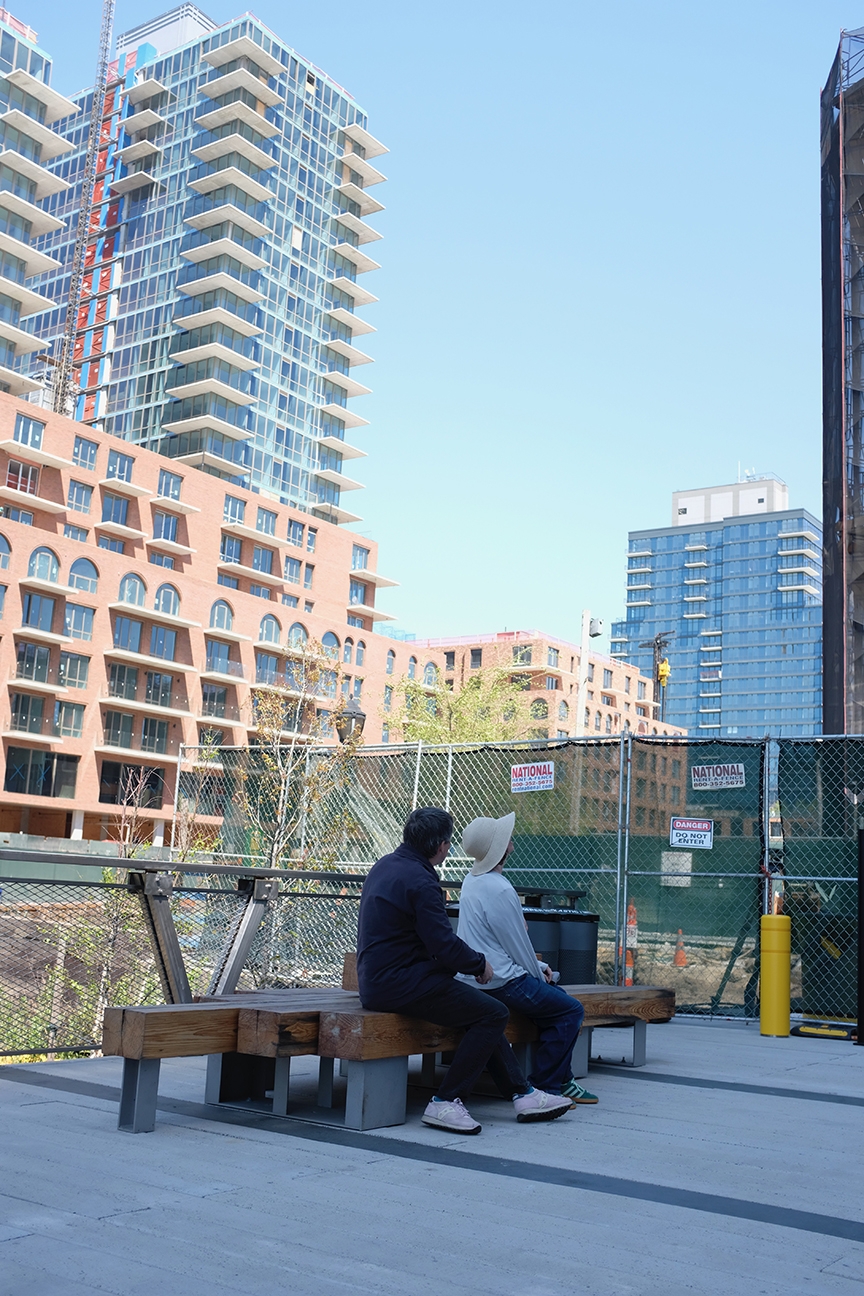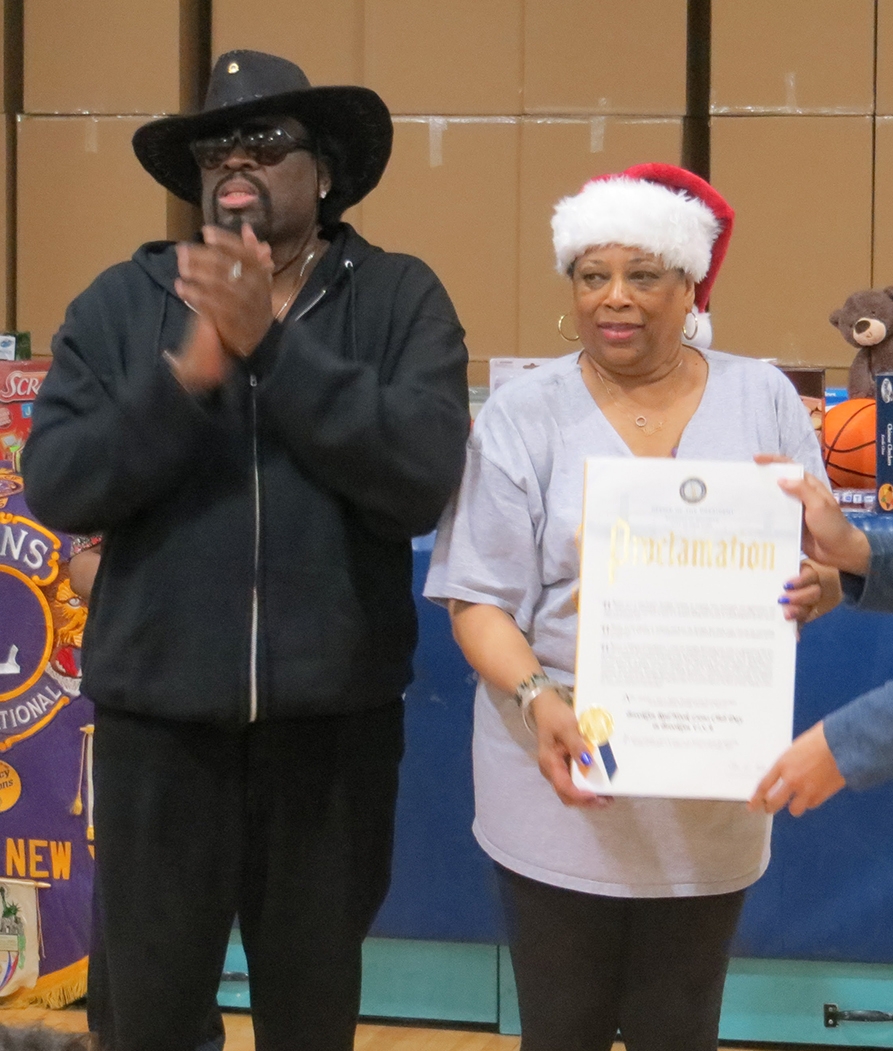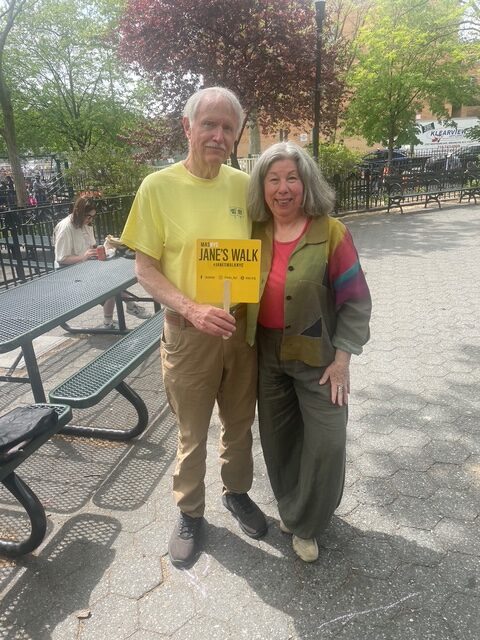The mysterious multi-media project known as “The Residents” has long been big on reinvention. In the 1980s—already a decade and a half into the anonymous collective’s shared career—the outfit released albums reinterpreting the music of James Brown, George Gershwin, John Philip Sousa and Hank Williams, turning masters of American music into catchy, ugly, digital ditties. They’ve also been big on repurposing their own work: the 1992 album Our Finest Flowers combined older songs to create new tracks long before mash-ups became run-of-the-mill.
Those are just a few examples from the course of a strange and storied career. And hardly content with simply making and remaking music, however, the Residents have almost obsessively built narratives and backstories and revisionist mythologies into their efforts. Their last major project, 2008’s The Bunny Boy, was a tale of fratricide played out through recordings, performances, a book, a comic book and a series of YouTube videos. As with everything issued by the dark, odd outfit, the claim that the story was based on someone the Residents had known years before is every bit as true as any individual wants it to be. As with hard rock dinosaurs KISS, it’s all more fun if you take the bait and swallow the story.
Like Bunny Boy, the Residents’ newest effort takes as its inspiration someone they knew (in this case, or in this storyline, indirectly) from years long past. Alvin Snow, aka Dyin’ Dog, was a Louisiana blues singer in the 1970s, somewhere near where the members of the Residents lived before relocating to San Francisco. Working with the band, the German label Psychofon, released a set of Snow’s demo recordings in a box of five 7” records last year. The Residents, inspired by the demos, recorded their own versions of those 10 songs. Both sets of interpretations are included on the new Metal, Meat and Bone: The Songs of Dyin’ Dog.
As a concept, the story is thin. If Snow really existed, not much seems to be known about him; if he’s a fabrication, the fabric is woven pretty loosely. The songs are bluesy, but certainly don’t sound like the blues that was being played in the ’70s, or the type of music of any sort being recorded. Storytelling has long been one of the Residents’ strengths, but that muscle seems lightly flexed for the new project. But that’s OK, we take the bait and swallow it. As a collection of songs (with six more “inspired by” Snow on the CD release), it’s a fun listen. As ever, there’s a cartoonish, foreboding undercurrent throughout, coloring a fixation on mortality, delivered in a slurred, sing-song drawl with searing electric guitar. The production is cleaner than on many of their usually murky records, making it (for better or worse) an easier listen.
Over the course of some 50 years, the Residents have made some astounding, and sometimes shocking, albums. Metal, Meat and Bone isn’t one of them. But that’s OK, too. They’ve also made some great songs, and with the new record, have made (or remade) a few more.
Author
Discover more from Red Hook Star-Revue
Subscribe to get the latest posts sent to your email.













